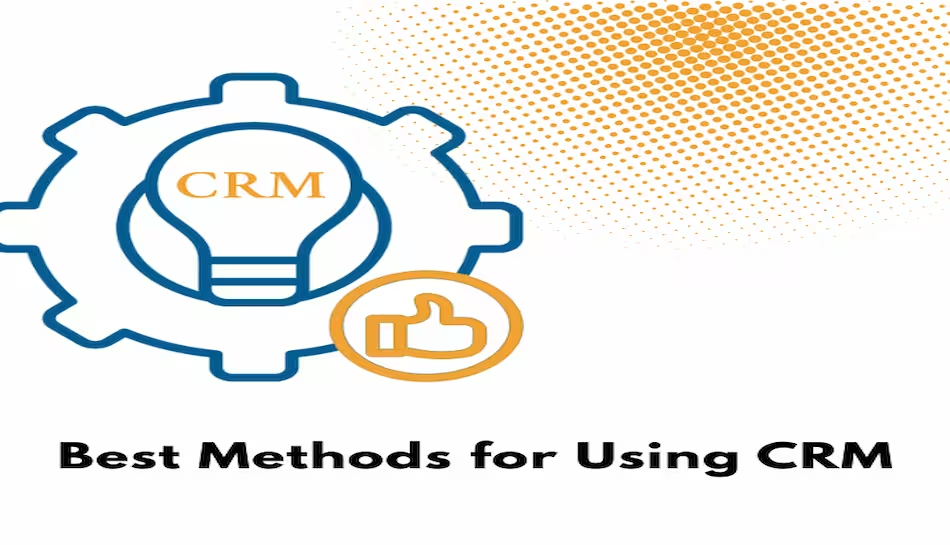In today’s digital world, data is everywhere, from sales numbers and website traffic to customer feedback and market trends. But raw data alone doesn’t help businesses grow. What really matters is how you use that data to make smart decisions. That’s where Business Intelligence (BI) comes in.
So, what exactly is Business Intelligence, and why are so many companies investing in it? Let’s take a look.
What is Business Intelligence?
Business Intelligence (BI) refers to the tools, processes, and strategies businesses use to collect, analyze, and turn data into actionable insights. The goal? To make better decisions, faster.
Think of BI as your business’s GPS. It gathers information from different sources, analyzes the patterns, and tells you the best route forward… whether that’s boosting sales, cutting costs, or launching a new product.
Why Business Intelligence Matters
1.Data-Driven Decision Making
Gone are the days of relying only on gut instinct. BI gives leaders concrete facts and trends to guide their decisions.
2.Increased Efficiency
With real-time dashboards and automatic reports, BI saves hours of manual work. Teams can focus more on strategy and less on spreadsheets.
3.Improved Customer Understanding
BI tools can reveal what customers like, how they behave, and where they drop off, helping businesses personalize their approach.
4.Better Forecasting
With historical data and predictive analytics, companies can anticipate market shifts and plan ahead confidently.
5.Competitive Advantage
Businesses that use Business Intelligence and Analytics can respond quickly to opportunities and threats, giving them an edge over competitors who are slower to react.
How Business Intelligence Works
Here’s how the typical BI process flows:
1.Data Collection
BI gathers data from different sources like CRM systems, sales platforms, social media, accounting software, and more.
2.Data Cleaning and Integration
The collected data is cleaned and combined to make sure it's accurate and usable. This is known as data warehousing.
3.Analysis and Reporting
BI tools analyze this data and present it through dashboards, charts, and reports. These visuals make it easier for decision-makers to spot trends.
4.Actionable Insights
The final step is turning these insights into action, like adjusting marketing campaigns, changing product pricing, or refining customer service.
Business Intelligence in Action
Let’s say you run an e-commerce company. With BI analytics, you can:
- Track which products are selling best and in which region.
- Analyze which marketing campaigns bring the most traffic.
- Identify customers who are likely to stop buying and reach out to them early.
- Spot inventory issues before they become costly problems.
And the best part? You can view all this in real-time.
Challenges to Watch Out For
BI is powerful, but it’s not magic. For it to work effectively, businesses need:
- Clean, reliable data
- Employee training
- Defined KPIs (Key Performance Indicators)
- Consistent use across departments
If teams don't trust the data or don't know how to use the tools, the system won’t deliver results.
Final Thoughts
Business Intelligence isn’t just for large corporations anymore. Even small and medium-sized businesses can now access affordable tools that help them understand their data and act faster. In a world where every decision counts, BI helps transform guesswork into growth.



